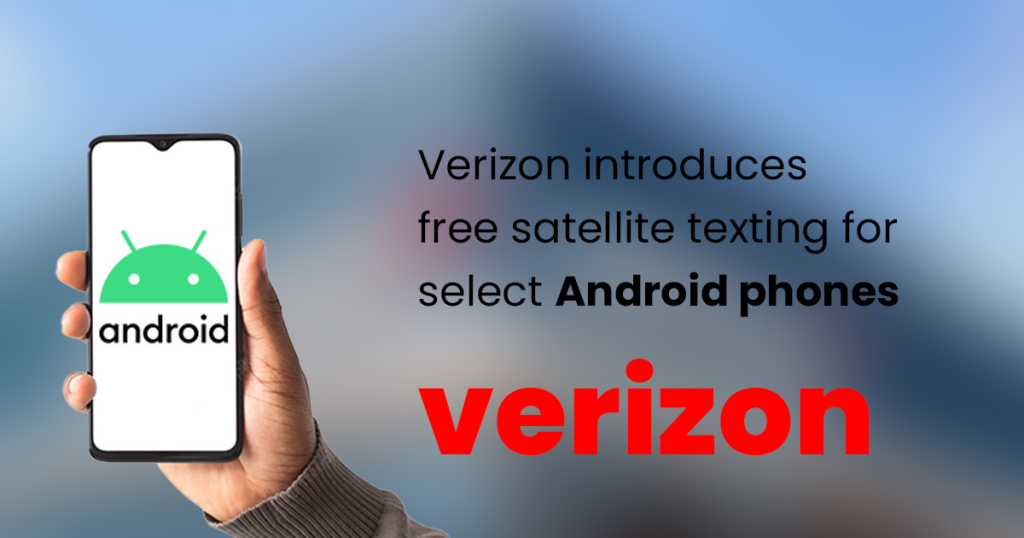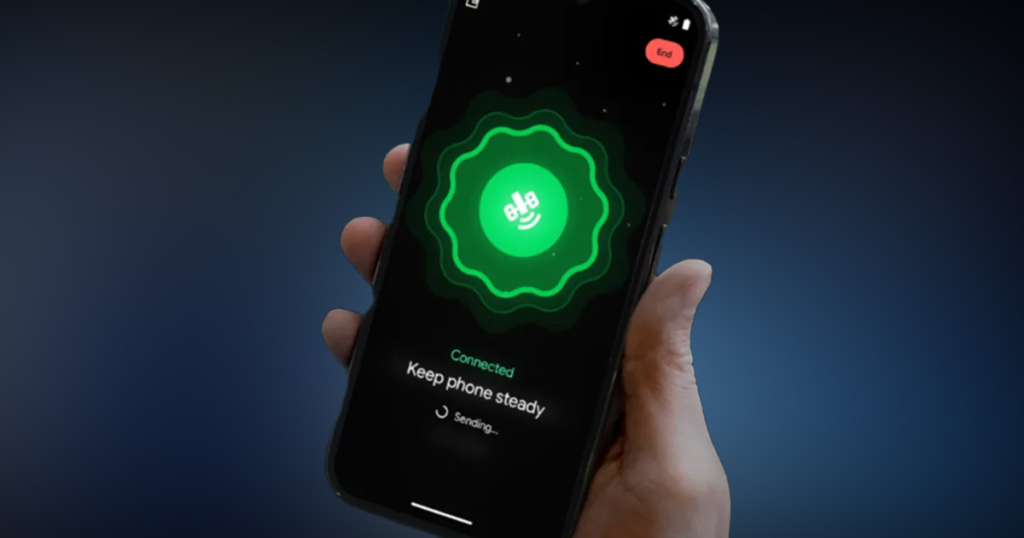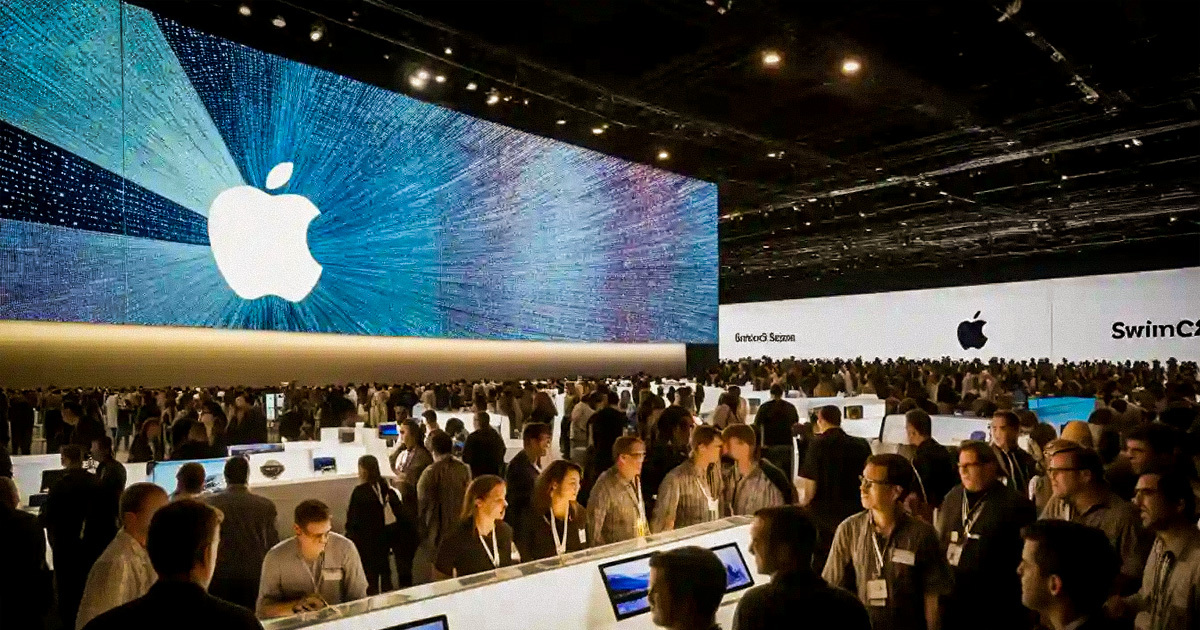
In This Article
- How Does Verizon Satellite Texting Work?
- How to Use Verizon Satellite Texting?
- Verizon Satellite Texting Details
Verizon, the telecommunications company, has finally announced its satellite texting capabilities and got the title of the first carrier in the United States to offer the sending and receiving of messages through satellite to Android users. This is a big step towards connectivity in areas with limited cellular facilities and will be helpful in dealing with emergency situations in remote and rural areas.
Initially, the facility will be available to limited Android smartphones but Verizon is going to expand the feature at a higher level. Snapdragon Satellite technology from Qualcomm empowers this service, allowing customers to send messages to any communicating device. This step is going to enhance the company’s features and position it as the leader of next-generation satellite mobile connectivity. Till now, the company has not shared the official dates about the launching time, connectivity options, price, and some other details, but it is going to be a game changer in Android connectivity and communication.
How Does Verizon Satellite Texting Work?
With the Snapdragon Satellite technology, Android users will be able to send and receive messages in the areas even without any cellular signal facility. Standard cellular communication relies on the towers and dishes installed on the Earth. This allows the services to provide cellular communication within a specific range.

On the other hand, Snapdragon Satellite technology directly connects the user with the geostationary satellites. The aim is to connect the users in tough and emergency situations like rural areas, hiking landscapes, desserts, forests, and other such areas.
When the mobiles and devices cannot find any cellular signals, these will automatically turn into satellite communication mode. Usually, cellular signals are available in urban areas, so this will be useful in difficult regions.
How to Use Verizon Satellite Texting?
Till now, the services are not available, but once these are ready for the consumers, they will simply have to be outdoors under the clear sky view. The company says that users have to take care of obstacles like trees, buildings, clouds, or any others while communicating with this technology.
Verizon has presented the Verizon Messages+ service that will be initially capable of one-way or two-way communication. Hence, the users are going to communicate without any cellular signal or active WiFi. In the start, the service will allow text messages, but the company has some plans to expand the emergency SOS services, or multimedia messaging, for off-grid communication.
Enhancing the feature and utilizing innovative technologies is the key to success in any business, and the most trending feature nowadays is artificial intelligence empowering the systems. Most businesses are taking the help of platforms like Weborik Hub to integrate AI into their businesses and web solutions.

Verizon Satellite Texting Details
While most of the details are unknown about the service till now, the main use of this feature is expected to be extensively used by the military operations, traveling lovers, remote location areas, and others, and targeting such people is a good step by the company because this will be the only service for satellite communication for Android users, so there are string chances for its great adoption.
There are no details about the launching dates, supporting devices, additional fees, range, or any such factor. Before this, in 2022, Apple launched the iPhone 14 series, and till now, the service has not been available for widespread use but only for emergency situations. Moreover, it also offers the Find My location sharing via satellite feature, and the users are expecting such features from Verizon Satellite service as well.

Verizon has gained popularity because of this major step forward in telecommunication. Unlike Apple, which provides satellite service only in emergencies, Android users will enjoy continuous communication in every situation till they are under the clear sky. Although technology and cellular communication are at their peak in this decade, we can still see multiple areas that do not have any cellular facilities due to hurdles like severe weather, low population, non-availability of resources, or other issues.



